|
1885
Elwell-Parker
Wolverhampton |
 |
Elwell-Parker designed and constructed the electrical plant for
driving the Blackpool Tramway, the first English
electric tramway of any size. Three years later Elwell-Parker
designed and built the first electrically-powered tram
to run in Birmingham. |
|
1889
E.C.C.
Wolverhampton |
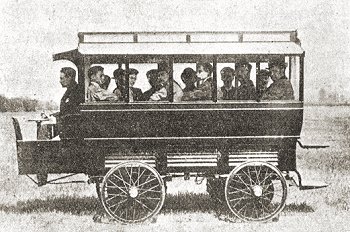 |
The corporation built a battery-powered tramway
system for Birmingham Tramways following the successful
trial in 1888 of the Elwell-Parker prototype. In
1891, two E.C.C. 26-seater omnibuses began running in
London, from Charing Cross to Victoria Station. |
|
1913
Star
Wolverhampton |
 |
Star began building charabancs, its first passenger
vehicle, on its standard commercial chassis. In 1927
the company launched the successful 'Flyer', a fast
chassis intended for use as a low-loading passenger
vehicle. |
|
1914
Guy Motors
Wolverhampton |
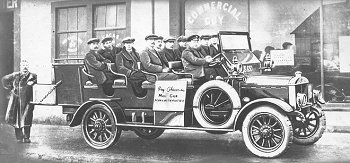 |
Guy produced its first passenger vehicle, a
14-seater post bus, with a mail compartment, built for
use in Scotland between Achnasheen railway station, east
of Kinlochewe, and Aultbea, on the west coast, north of
Loch Maree. |
|
1923
L.V.L.
Wolverhampton |
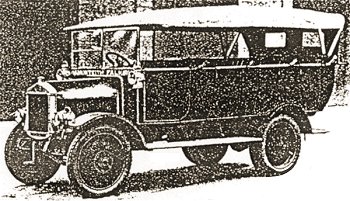 |
Light Vehicles Limited built a 14-seater coach which
was acquired by the Blackadder Motor Company, of
Falkirk. |
|
1924
Bean
Tipton |
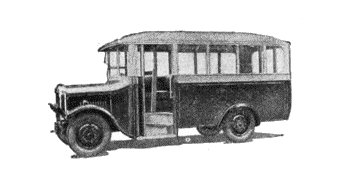 |
In November 1924 the company launched the first Bean
commercial vehicle, a 25 cwt. chassis based on the 14.9
hp. engine and gearbox.
The vehicles mainly appeared as lorries, but vans,
ambulances, coaches and light buses were also made. |
|
1928
Sunbeam
Wolverhampton |
 |
Sunbeam’s first bus chassis, a 6-wheeled design, for
a double-decker, capable of carrying between 60 and 70
passengers was launched in December 1928. Known as the
‘Sikh’, it had a 7.98 litre, Sunbeam 6-cylinder engine,
capable of delivering 142 b.h.p. |
|
1929
A.J.S.
Wolverhampton |
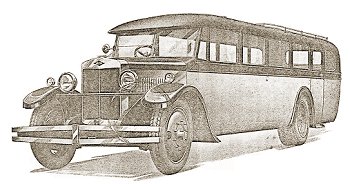 |
Wolverhampton based A.J.S. produced the 'Pilot' and
'Commodore' chassis for use with commercial vehicles
including buses, and
luxury coaches. |
|
1946
Jensen
West Bromwich
|
 |
Jensen began producing the 'JNSN' range of
commercial vehicles. They were available in a range of
forms including lorries, trucks, pantechnicons, and a
few luxury coaches. The vehicles remained in production
until 1956. |
|
 |
|
Return to the
previous page |
|